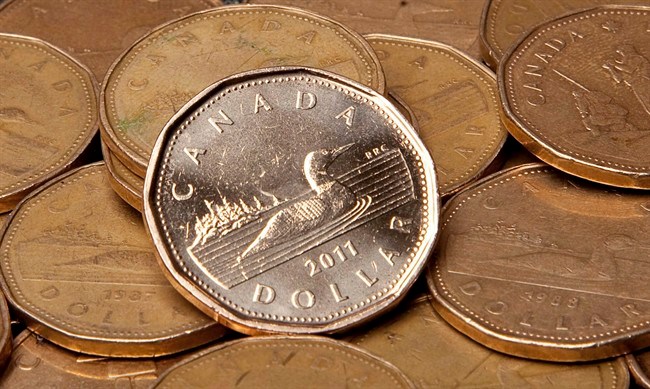OTTAWA — An overall look at everything the three main federal parties have promised in the 2015 election campaign, in terms of both spending and revenues.
Conservatives
The Conservative spending promises all work into what the budget and the parliamentary budget officer project will be the surpluses in the coming four years. Much of the spending is back-loaded, meaning that spending will be highest in year four after ramping up from year one. Even the most expensive promise the Conservatives have made this election — extending the home renovation tax credit — isn’t expected to hit its full cost of $1.5 billion annually until year four. There are no new revenues — a combination of taxes or ending some tax breaks — in the Conservative plan, but the party intends to continue a freeze on federal operating budgets over the next four years.
Total new spending/investments/benefits: $7.6 billion
Total new revenues: $0
Total new savings: $2.35 billion
Uncosted promises, according to the Canadian Taxpayers Federation: 6
New Democratic Party
The NDP, much like the Conservatives, increase spending over the course of a possible four-year mandate, with the majority of new spending coming in year four. That year, the party’s platform calls for new spending in the neighbourhood of $11.3 billion, the most for any one year. The promises are varied: more spending for transit, infrastructure and social programs like national daycare, pharmacare and health care — the political bread and butter of the New Democrats. The way to pay for it all is through a mix of tax measures, including increases on corporations and eliminating tax breaks on corporate stock options, and savings like eliminating “partisan government advertising.” The hope is that the savings in earlier years along with ramping up social spending over a longer period will make the NDP program fiscally sustainable.
Total new spending/investments/benefits: $34.05 billion
Total new revenues: $26.2 billion
Total new savings: $3.8 billion
Uncosted promises, according to the Canadian Taxpayers Federation: 1
Liberals
The Liberals’ fiscal plan is all about spending and deficits, unlike the NDP and the Conservatives, who are focused on balancing the books every year. Under the Liberal plan, that won’t happen until year four when there is a $1 billion surplus (which isn’t exactly a surplus because it is the value of a contingency fund the government sets aside annually to cover unexpected costs like cleanup from natural disasters). The Liberals want to replace the universal child care benefit, the Canada child tax benefit, and the national child benefit supplement with a new monthly, income-tested child benefit. The party also plans to piggyback $16.95 billion in new infrastructure spending over the next four years on top of what the government is already committed to during that span, with the spending higher in the first two years than in the latter two years of a four-year mandate.
Total new spending/investments/benefits: $149.8 billion
Total new revenues: $31.2 billion
Total new savings: $80.7 billion
Uncosted promises, according to the Canadian Taxpayers Federation: 9


